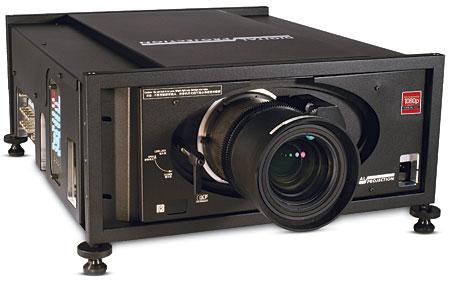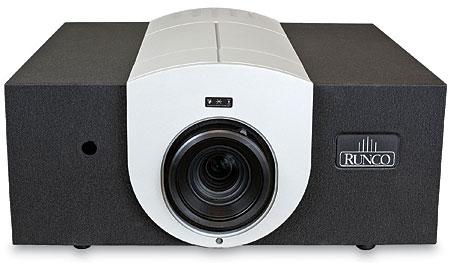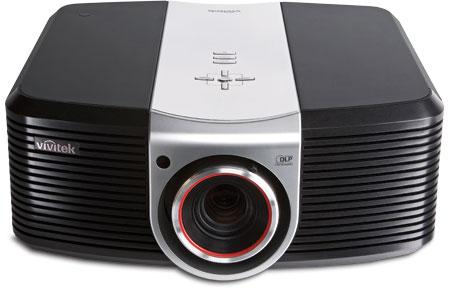Projector Reviews
Sort By: Post Date TitlePublish Date
|
May 12, 2011
|
May 04, 2011
|
May 03, 2011
|
Apr 28, 2011
|
Mar 25, 2011
|
Mar 25, 2011
|
Mar 23, 2011
|
Mar 03, 2011
|
Sep 13, 2010
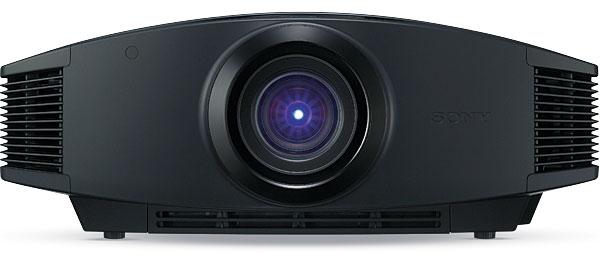




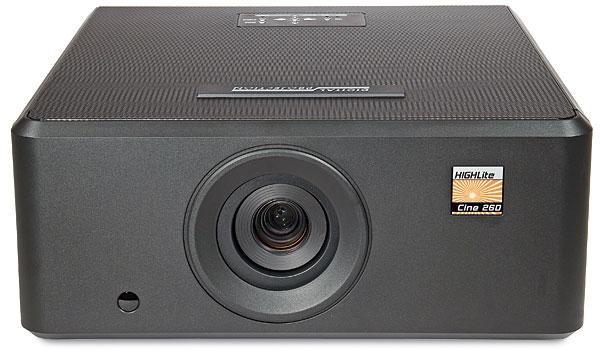
 Price: $29,995 At A Glance: Outstanding resolution and color • Bright—even on a 10-foot screen • Black level and contrast well short of cutting edge
Price: $29,995 At A Glance: Outstanding resolution and color • Bright—even on a 10-foot screen • Black level and contrast well short of cutting edge






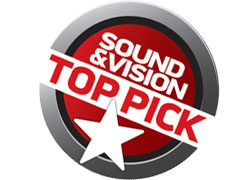 Price: $6,995 (optional Schneider Optics lens: $7,995) At A Glance: Big, bright, punchy image • Black level and shadow detail compete with the best • Excessively wide color gamut
Price: $6,995 (optional Schneider Optics lens: $7,995) At A Glance: Big, bright, punchy image • Black level and shadow detail compete with the best • Excessively wide color gamut
